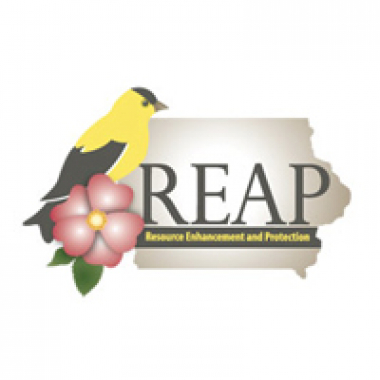Throwing Boiling Water into Freezing Air
In the picture shown, a person is throwing hot water into the air, forming a large white cloud of steam. This is achieved by boiling water in a pot and taking it directly outside to be thrown. Boiling water and then tossing it into air temperatures of -14 degrees Fahrenheit or lower will cause the water to turn from a liquid to a gas. As water reaches its boiling point, the molecules move faster and faster, on the verge of its evaporation point. Hot water evaporates faster than cold water because the molecules in cold water are not moving near as quickly. When you try this same experiment with cold water, it will not have the same effect. Hot water freezes faster than cold water, which is known as the Mpemba effect.
Iowa Core Standard
Plan and conduct an investigation to describe and classify different kinds of materials by their observable properties
Driving Question
- Why does the water change phases so quickly?
Probing Questions
- Do you think hot or cold water freeze faster? Why?
- What do you think are the observable properties of water in its different states?
Classroom Suggestions
Students could:
- Observe steam, water, snow, and ice in the classroom, record observations, and make comparisons to the image of boiling water being thrown into the very cold air (picture attached above).
- Engage in an indoor experiment by putting a glass of cold water and a glass of hot water in the freezer and periodically check on it to see which one freezes faster.
- Investigate this further by trying the experiment with hot water and then trying it with cold water. The teacher would need to lead this experiment as students could potentially hurt themselves with the boiling water.
- Observe the properties of the water before boiling, while boiling, and then after its thrown in the air. This would also need to be led by the teacher as students could potentially hurt themselves with the boiling water.
Resources
- Science ABC | How Does Boiling Water Turn Into Snow?: This resource explains why the phenomenon occurs and also the conditions needed for it to occur.
- National Geographic | Frozen Bubbles, Instant Ice, and Other Winter Weather Stunts: This resource explains how boiling water can turn to vapor and then into ice when you throw it into freezing temperature. It also talks about frozen soap bubbles.
- Education.com | Does Hot Water Freeze Faster than Cold Water? This resource provides a science project to determine if the temperature of the water affects how quickly it freezes. It also explains why this happens.
Contributors
Submitted by Allison Postma and Karli Olsen.
Funding for Iowa Science Phenomena Provided By








